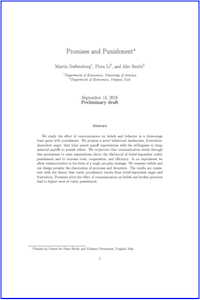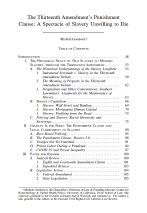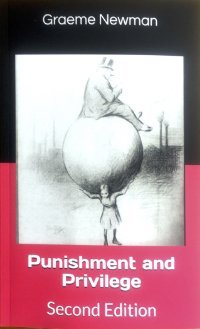By The Death Penalty Research Center
In January 2024, Ohio lawmakers announced plans to expand the use of the death penalty to permit executions with nitrogen gas, as Alabama had just done a week earlier. But at the same time the Attorney General and the Ohio Prosecuting Attorneys Association are championing this legislation, a bipartisan group of state legislators has introduced a bill to abolish the death penalty based on “significant concerns on who is sentenced to death and how that sentence is carried out.” The competing narratives make it more important than ever for Ohioans to have a meaningful, accurate understanding of how capital punishment is being used, including whether the state has progressed beyond the mistakes of its past.
Early 19th century Ohio Black Laws imposed various legal restrictions on the rights and status of Black people in the state, not dissimilar to what would later become Black Codes in many Southern states. As constitutional historian Dr. Stephen Middleton explains, “Although the penal code of Ohio did not explicitly provide for a dual system for handling criminal cases, the Black Laws naturally made race an element in the criminal justice system.”
Ohio’s 1807 “Negro Evidence Law” prohibited Black people from testifying against white people in court, thus instituting a legal double standard. Articles in African American newspapers from the time reported numerous instances where white assailants attacked Black victims with impunity because there was no legal consequence without a white person who could testify on the victims’ behalf. The state also passed racial restrictions on juries in 1816 and 1831, officially barring Black people from jury service. These laws no longer exist, but modern studies reveal that jury discrimination continues.
One of the most significant ties between historical death sentencing and the modern use of capital punishment is the preferential valuing of white victims. Multiple Ohio-specific studies have concluded that when a case involves a white victim—especially a white female victim—defendants are more likely to receive a death sentence or be executed. A review of all aggravated murder charges in Hamilton County from January 1992 through August 2017 revealed that prosecutors are 4.54 times more likely to file charges with death penalty eligibility if there is at least one white victim, compared to similarly situated cases without white victims. A separate study of Ohio executions between 1976 and 2014 found that homicides involving white female victims are six times more likely to result in an execution than homicides involving Black male victims. DPIC independently analyzed race of victim data for all 465 death sentences in the state and found that 75% of death sentences were for cases with at least one white victim. For context, most murder victims in the state are Black (66%).
Black capital defendants have also faced instances of overt racism from jurors, prosecutors, and even their own attorneys. During closing arguments, the prosecuting attorney in Dwight Denson’s trial suggested that if jurors did not sentence him to death, they might as well rename Cincinnati’s Over-the-Rhine neighborhood to “Jungle Land,” adding, “Leave it to Dwight Denson. Leave it to people like him.” An attorney for Malik Allah-U-Akbar (tried as Odraye Jones) reiterated false, racialized testimony from an expert witness during closing arguments: “I think it’s a quarter of the…urban [B]lack American youth come up with antisocial personality disorder…. This isn’t a situation you can treat. … You have to put him out of society until it runs its course.”
As the current debate over the use of the death penalty in Ohio continues, this report provides historical information, context, and data to inform the critical decisions that will follow.
Washington, DC: Death Penalty Information Center, 2024. 49p.









